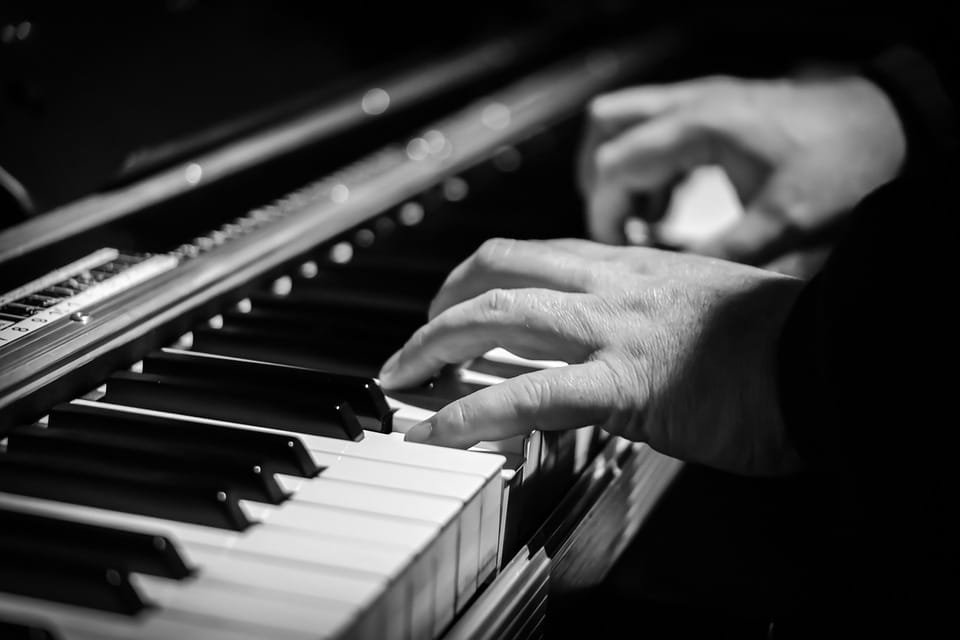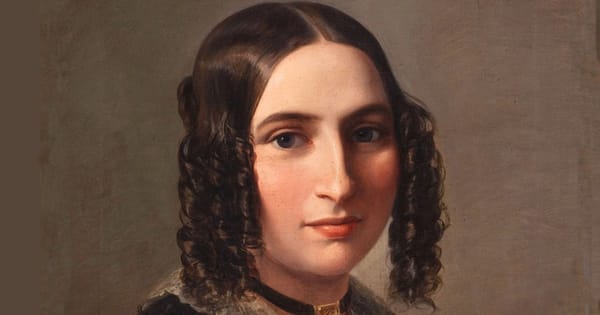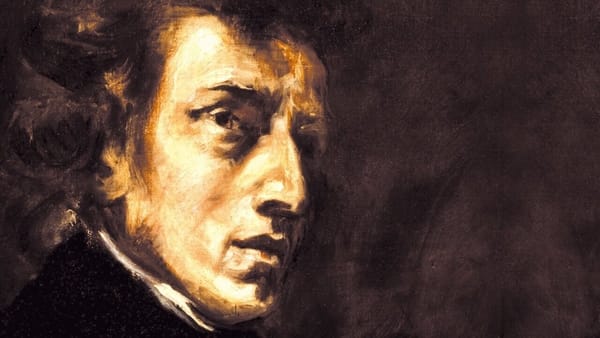Iconic Piano Concertos and Their Composers

The piano concerto is one of the most celebrated and complex forms of classical music, showcasing both the composer’s ingenuity and the performer’s virtuosity. These compositions often serve as a testament to the artistic and technical prowess of both parties. The history of the piano concerto is rich and diverse, encompassing a wide range of styles, periods, and cultural influences. This article delves into some of the most iconic piano concertos, examining their compositions, historical contexts, and the legendary composers who brought them to life.
Ludwig van Beethoven: Piano Concerto No. 5 in E-flat Major, Op. 73 (“Emperor”)
Ludwig van Beethoven’s Piano Concerto No. 5, commonly known as the “Emperor” Concerto, stands as a monumental work in the concerto repertoire. Composed between 1809 and 1811, it was Beethoven’s last piano concerto and is often hailed as one of his most majestic compositions.
Composition and Style:
The “Emperor” Concerto is marked by its grandeur and technical demands. It opens with a powerful orchestral chord followed by a virtuosic solo piano passage, a departure from the typical concerto form where the orchestra usually introduces the main themes. The first movement is characterized by its heroic themes and complex development, embodying the spirit of the Napoleonic era.
The second movement provides a stark contrast with its lyrical and serene quality. The seamless transition into the third movement, a jubilant rondo, showcases Beethoven’s mastery in creating thematic unity and dramatic tension.
Historical Context:
The “Emperor” Concerto was composed during a tumultuous period in Europe, specifically in Vienna, which was under threat from Napoleon’s forces. Beethoven’s own deteriorating hearing added a personal layer of struggle and triumph to the composition. Despite these challenges, the concerto’s triumphant character suggests a spirit of resilience and hope.
Beethoven’s Legacy:
Beethoven, often regarded as a bridge between the Classical and Romantic eras, revolutionized the piano concerto with his innovative approaches to form and expression. The “Emperor” Concerto remains a staple in concert repertoires and a favorite among pianists and audiences alike.
Wolfgang Amadeus Mozart: Piano Concerto No. 21 in C Major, K. 467
Wolfgang Amadeus Mozart’s Piano Concerto No. 21 in C Major, K. 467, is another cornerstone of the concerto literature. Composed in 1785, it exemplifies Mozart’s unparalleled ability to blend technical brilliance with expressive beauty.
Composition and Style:
The first movement of Mozart’s 21st Piano Concerto is characterized by its graceful and melodious themes, coupled with intricate yet elegant passagework. The interplay between the piano and orchestra is seamlessly integrated, reflecting Mozart’s exceptional skill in orchestration.
The second movement, Andante, is perhaps the most famous part of this concerto, known for its lyrical and serene melody. It gained widespread popularity after being featured in the 1967 Swedish film “Elvira Madigan,” hence it is sometimes referred to as the “Elvira Madigan” concerto.
The final movement is a lively and exuberant rondo, showcasing Mozart’s ability to craft joyful and spirited music.
Historical Context:
Mozart composed this concerto during a highly productive period in Vienna, where he enjoyed considerable success as both a composer and performer. The work reflects the Classical ideals of balance, clarity, and elegance, which were central to Mozart’s style.
Mozart’s Impact:
Mozart’s contributions to the piano concerto genre were profound. He composed 27 piano concertos, each displaying his genius in combining technical complexity with expressive depth. The 21st Concerto remains one of the most beloved and frequently performed works in the classical repertoire.
Sergei Rachmaninoff: Piano Concerto No. 2 in C Minor, Op. 18
Sergei Rachmaninoff’s Piano Concerto No. 2 in C Minor, Op. 18, is one of the most celebrated and enduring works of the Romantic era. Composed between 1900 and 1901, it is renowned for its emotional intensity and technical demands.
Composition and Style:
The concerto opens with a series of dramatic chords in the piano, leading into a sweeping and passionate first movement. The lush orchestration and rich harmonies are characteristic of Rachmaninoff’s style, creating a sense of grandeur and drama.
The second movement is a lyrical and introspective Adagio sostenuto, featuring one of Rachmaninoff’s most famous melodies. The interplay between the piano and orchestra is particularly poignant, highlighting the concerto’s emotional depth.
The final movement is a vigorous and dynamic Allegro scherzando, bringing the concerto to a triumphant and exhilarating conclusion. The technical challenges of this movement, along with its rhythmic drive and lyrical themes, make it a favorite among pianists.
Historical Context:
Rachmaninoff composed this concerto after a period of deep depression and creative block following the failure of his First Symphony. The success of the Second Piano Concerto marked a significant turning point in his career, restoring his confidence as a composer and performer.
Rachmaninoff’s Influence:
Rachmaninoff’s Second Piano Concerto remains one of the most popular concertos in the classical canon. Its combination of technical virtuosity and emotional depth continues to captivate audiences and performers alike.
Pyotr Ilyich Tchaikovsky: Piano Concerto No. 1 in B-flat Minor, Op. 23
Pyotr Ilyich Tchaikovsky’s Piano Concerto No. 1 in B-flat Minor, Op. 23, is one of the most recognizable and frequently performed concertos. Composed in 1874-1875, it is a quintessential Romantic work known for its bold themes and dramatic contrasts.
Composition and Style:
The concerto opens with one of the most famous and grandiose introductions in classical music, featuring a powerful orchestral motif followed by sweeping piano chords. The first movement is characterized by its contrasting themes and dramatic development.
The second movement is a lyrical Andantino semplice, offering a moment of calm and introspection amidst the concerto’s overall intensity. The delicate interplay between the piano and orchestra showcases Tchaikovsky’s melodic gift.
The final movement is a vibrant and energetic Allegro con fuoco, featuring folk-inspired themes and a lively rhythmic drive. The technical demands and exuberant character of this movement make it a thrilling conclusion to the concerto.
Historical Context:
Tchaikovsky composed this concerto during a period of personal and professional upheaval. Initially, the work was met with criticism from pianist Nikolai Rubinstein, who deemed it unplayable. However, Tchaikovsky remained steadfast in his vision, and the concerto quickly gained popularity after its premiere by Hans von Bülow.
Tchaikovsky’s Legacy:
Tchaikovsky’s First Piano Concerto remains one of the most beloved works in the piano concerto repertoire. Its combination of technical brilliance and emotional depth continues to inspire and challenge pianists around the world.
Johannes Brahms: Piano Concerto No. 2 in B-flat Major, Op. 83
Johannes Brahms’s Piano Concerto No. 2 in B-flat Major, Op. 83, is a monumental work that combines the grandeur of the symphonic form with the intimacy of chamber music. Composed between 1878 and 1881, it is one of Brahms’s most ambitious and technically demanding works.
Composition and Style:
The concerto opens with a lyrical horn call followed by a piano response, setting the tone for the expansive first movement. The interplay between the piano and orchestra is intricate and richly textured, reflecting Brahms’s mastery of counterpoint and orchestration.
The second movement is a scherzo, a rare inclusion in a concerto, adding a vigorous and playful character to the work. The third movement is a serene Andante, featuring a beautiful cello solo that creates a sense of intimacy and lyrical beauty.
The final movement is a lively and exuberant Allegretto grazioso, bringing the concerto to a joyful and spirited conclusion. The technical demands and expressive depth of this movement make it a fitting end to Brahms’s grand work.
Historical Context:
Brahms composed this concerto during a period of intense creative activity, drawing inspiration from his deep study of earlier composers such as Beethoven and Bach. The work reflects Brahms’s mature style, characterized by its complexity and emotional depth.
Brahms’s Impact:
Brahms’s Second Piano Concerto remains a cornerstone of the concerto repertoire. Its combination of technical challenge and expressive depth continues to captivate audiences and performers alike.
Conclusion
The piano concerto, as exemplified by these iconic works, is a testament to the enduring power and beauty of classical music. Each concerto discussed in this article represents a unique blend of technical brilliance and emotional depth, reflecting the genius of their respective composers. From the heroic grandeur of Beethoven’s “Emperor” Concerto to the lyrical beauty of Mozart’s 21st Piano Concerto, and from the passionate intensity of Rachmaninoff’s Second Piano Concerto to the dramatic contrasts of Tchaikovsky’s First Piano Concerto, and the symphonic grandeur of Brahms’s Second Piano Concerto, these works continue to inspire and captivate audiences around the world.
The legacy of these composers and their iconic piano concertos is a testament to the transformative power of music, offering listeners an enduring source of inspiration, joy, and reflection. As performers continue to explore and interpret these masterpieces, they ensure that the rich tradition of the piano concerto remains vibrant and relevant in the contemporary musical landscape.





